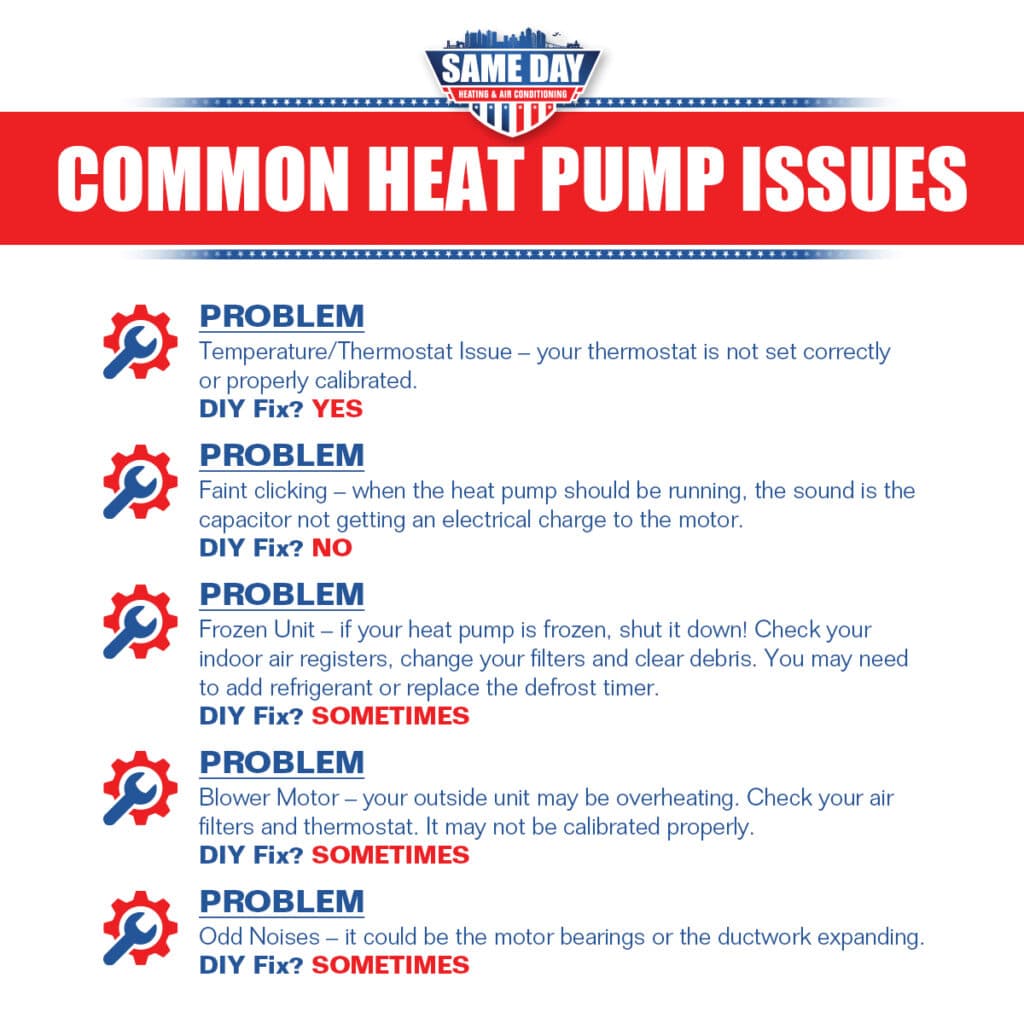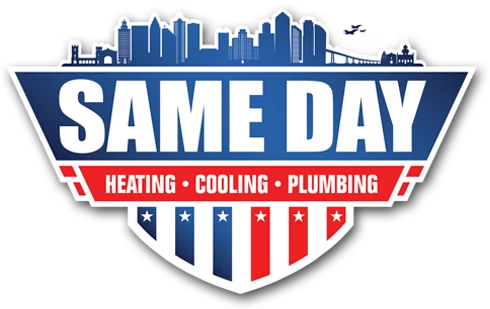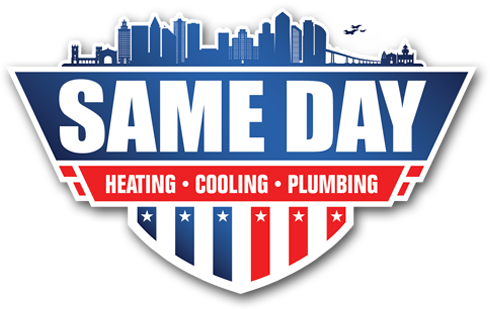Can My Heat Pump Be Mounted?
Quick Summary: Heat pumps can be mounted in a variety of ways depending on the layout of your home, the type of system, and your comfort goals. Wall-mounted indoor units are common in ductless setups, while outdoor condensers can be elevated on brackets or stands to protect against weather and improve efficiency. Mounting is a practical option when done correctly and can offer benefits like better airflow, space savings, and reduced exposure to debris or moisture. Proper installation by a professional is key to ensuring performance, safety, and long-term reliability.
When it comes to installing a heat pump, homeowners often have questions about flexibility, efficiency, and space-saving solutions. One of the most common questions is: Can my heat pump be mounted? Whether you’re short on floor space or want to maximize your home’s layout, mounting a heat pump—either indoors or outside—can be a smart and functional option. Below, we’ll break down how heat pump mounting works, what options are available, and what to consider before installation.
What Does It Mean to Mount a Heat Pump?
When people talk about “mounting” a heat pump, they’re usually referring to one of two things:
- Wall-mounting an indoor air handler (common with ductless mini-split systems)
- Elevating or securing the outdoor condenser off the ground (often on brackets or wall stands)
Mounting a heat pump essentially means affixing part of the system to a structure—whether a wall, ceiling, or stand—instead of placing it directly on the floor or ground. The goal is typically to save space, improve airflow, and protect the unit from environmental damage like flooding, snow, or debris.
Can You Wall Mount a Heat Pump Indoors?
Yes—indoor units of ductless mini-split heat pump systems are designed specifically for wall mounting. These sleek air handlers are typically installed high on a wall, where they can distribute warm or cool air evenly throughout the room.
Benefits of wall-mounted indoor units include:
- Space savings (great for small rooms or apartments)
- Quiet operation
- Zoned heating and cooling for individual rooms
- Aesthetic flexibility with low-profile design
Most units are placed 6–8 feet above the floor and connected via a refrigerant line to the outdoor compressor. These systems work especially well in homes without ductwork or in spaces like garages, additions, and sunrooms.
Should the Outdoor Unit Be Mounted Too?
In some cases, mounting the outdoor condenser unit of your heat pump is a good idea, especially if your property is prone to:
- Flooding or pooling water
- Heavy snowfall or drifting debris
- Pest activity or vegetation overgrowth
Rather than placing the unit on a concrete slab, it can be mounted to an exterior wall using metal brackets or installed on an elevated stand. This helps:
- Prevent corrosion from standing water
- Improve long-term system efficiency
- Minimize vibration or noise transmission through the ground
- Extend the lifespan of the unit
Wall-mounting brackets are especially common in coastal areas or places with lots of rainfall. However, not every home is structurally suited for wall mounting, so it’s important to have an HVAC technician evaluate your home before choosing this option.
Where Should a Mounted Heat Pump Be Installed?
Whether you’re mounting the indoor or outdoor component, placement is key for maximizing performance and minimizing wear.
Indoor Wall-Mounted Units
Ideal placement considerations include:
- Mounting the unit high on a wall for optimal air circulation
- Keeping it away from direct sunlight or heat sources
- Ensuring unobstructed airflow around the unit
- Choosing a central location in the room for even distribution
Outdoor Condensers
For wall-mounted or elevated outdoor units, you’ll want to:
- Choose a sturdy exterior wall free from obstructions
- Avoid areas with roof runoff, snow piles, or thick vegetation
- Maintain minimum clearances recommended by the manufacturer (usually 12–24 inches from walls and at least 60 inches above ground if mounted)
Improper placement can reduce energy efficiency or make maintenance more difficult—so always consult an HVAC professional before finalizing your location.
Are There Alternatives to Wall-Mounting a Heat Pump?
Yes. If wall mounting isn’t ideal for your property, you still have several reliable alternatives for installation.
- Ground Pads or Concrete Slabs: The most common installation for outdoor units. Requires flat, stable ground and is easy to service.
- Roof Mounts: For homes without usable wall or ground space. Requires additional bracing and is more complex to install.
- Ceiling Cassette Units: An alternative to wall-mounted indoor heads, these are mounted in the ceiling and are almost invisible.
- Floor-Mounted Units: These sit closer to the ground and work well for rooms with low ceilings or angled walls.
Every home is different, so the “right” mounting approach depends on your layout, available space, and heating and cooling goals.
Does Mounting Affect Heat Pump Efficiency?
Structural stability and proper insulation around refrigerant lines play a key role in heat pump performance.
If a unit is mounted too close to a ceiling or wall, placed in a poorly ventilated or overly warm area, or installed without adequate vibration or sound dampening, it can lead to reduced airflow, increased mechanical wear, and higher energy consumption.
Ensuring the system is mounted correctly helps maintain efficiency and prolong the life of your equipment—whether it’s elevated, wall-mounted, or installed at ground level.
Can You Mount a Heat Pump Yourself?
While some wall-mounting kits are available online, heat pump installation is not a DIY project. You’ll need:
- Proper sizing and refrigerant handling certification
- Electrical work to connect the unit safely
- Correct placement to avoid warranty issues or damage
- Manufacturer guidelines to ensure long-term performance
Even small mistakes during installation—like improper slope on a condensate line or insufficient bracket support—can lead to costly repairs down the line. It’s always best to work with a licensed HVAC professional.
How Much Does It Cost to Mount a Heat Pump?
Mounting costs can vary based on the system type, home layout, and structural considerations. Here’s a general range:
- Wall brackets for outdoor units: $150–$400 (not including labor)
- Ductless mini-split indoor wall mounting: Often included in installation pricing
- Elevated stands or roof mounts: $300–$800 additional depending on hardware and complexity
Costs will also include labor, electrical connections, and refrigerant line installation. In some cases, utility rebates or local energy efficiency incentives can help offset these costs.
Need Help Choosing the Right Mounting Option?
At the end of the day, there’s no one-size-fits-all answer to mounting your heat pump. It depends on your home’s design, your comfort goals, and the system you choose. A licensed technician can assess your space and recommend the best placement for both performance and aesthetics.
If you’re thinking about installing a ductless system, elevating your outdoor unit, or simply learning more about the best HVAC setup for your home, working with an expert will ensure you get the best results—without the guesswork.
Work With Same Day Heating & Air for Expert Heat Pump Installation
If you’re considering a mounted heat pump system for your San Diego-area home, the experts at Same Day Heating & Air Conditioning are here to help. We’ll walk you through your mounting options, recommend the best layout for your space, and handle the full installation from start to finish.
Whether you need to install a new system or upgrade an existing one, we’re committed to delivering fast, professional service with no pressure. Contact us today to schedule your free consultation and get comfortable with confidence.


